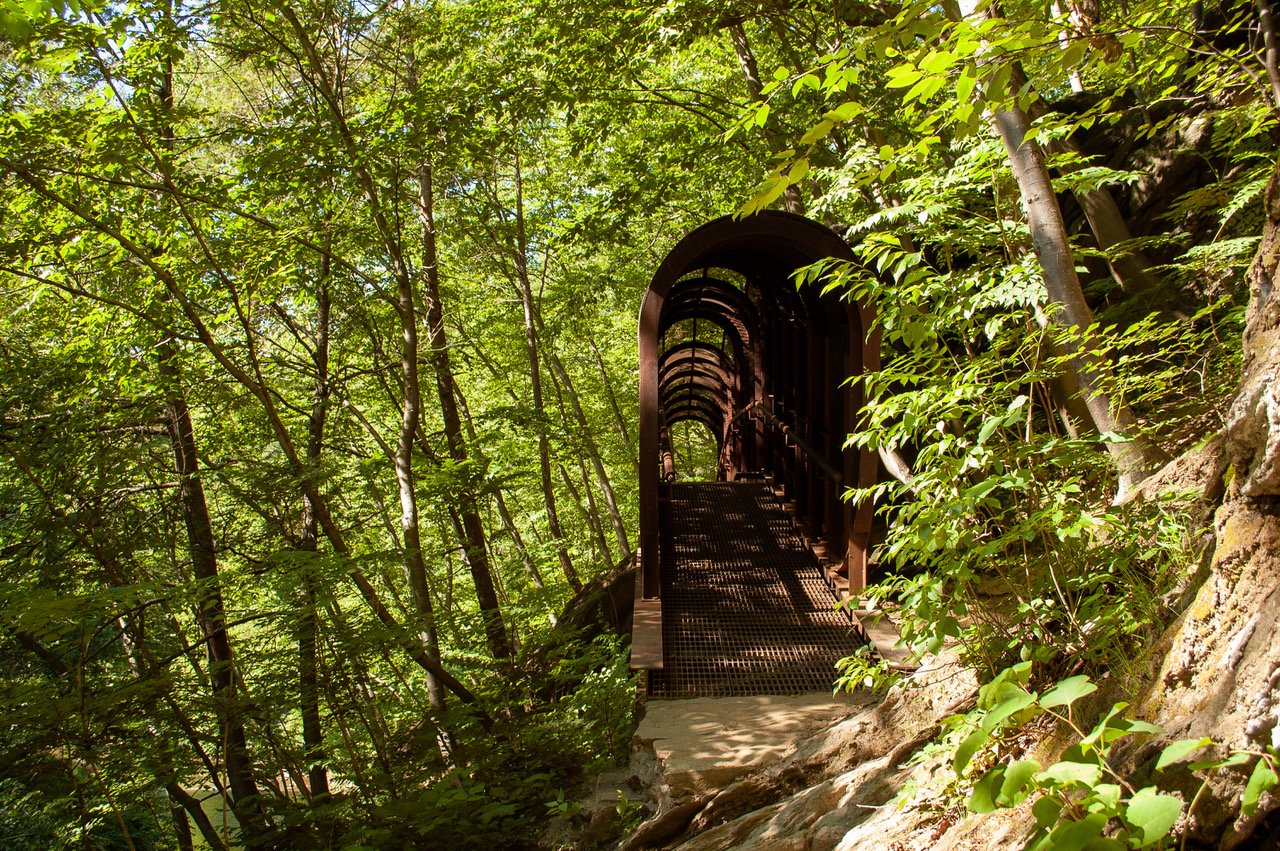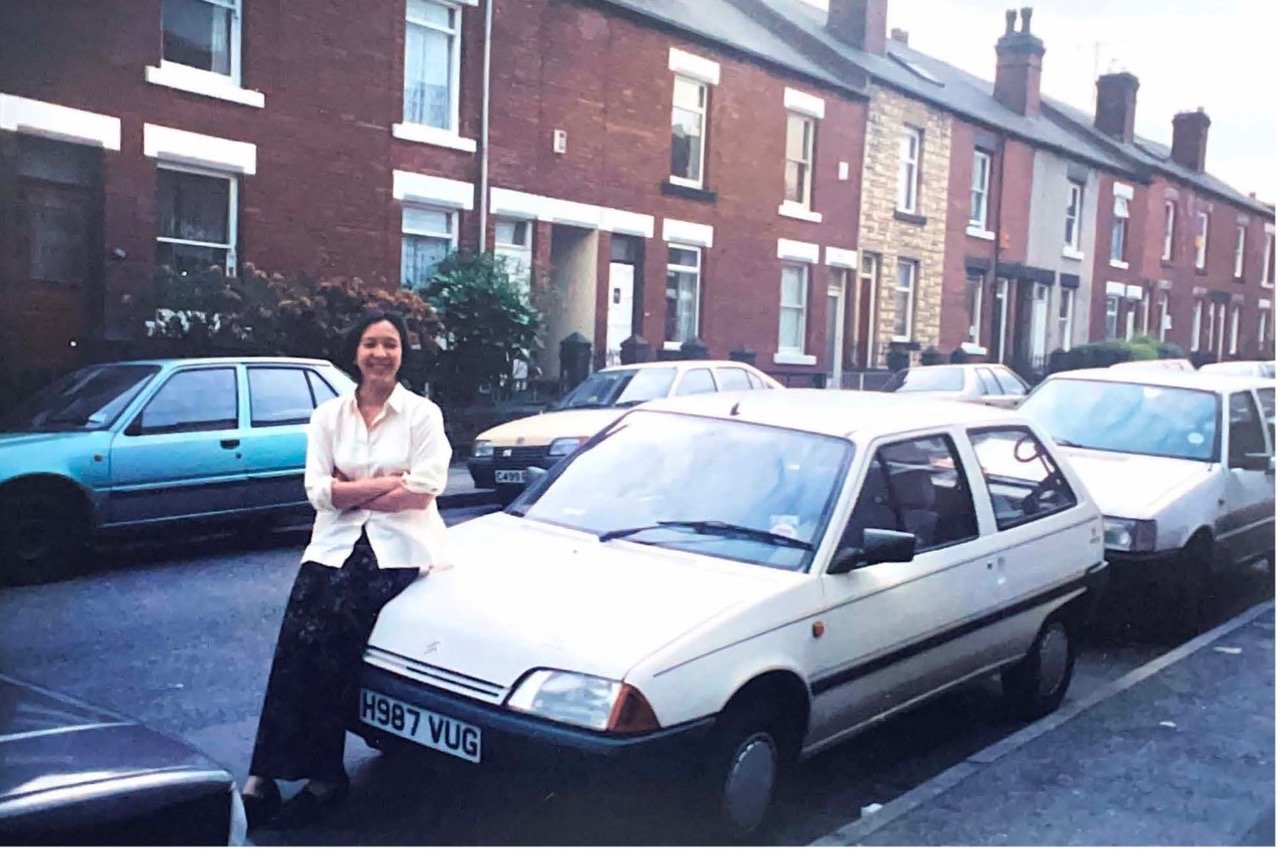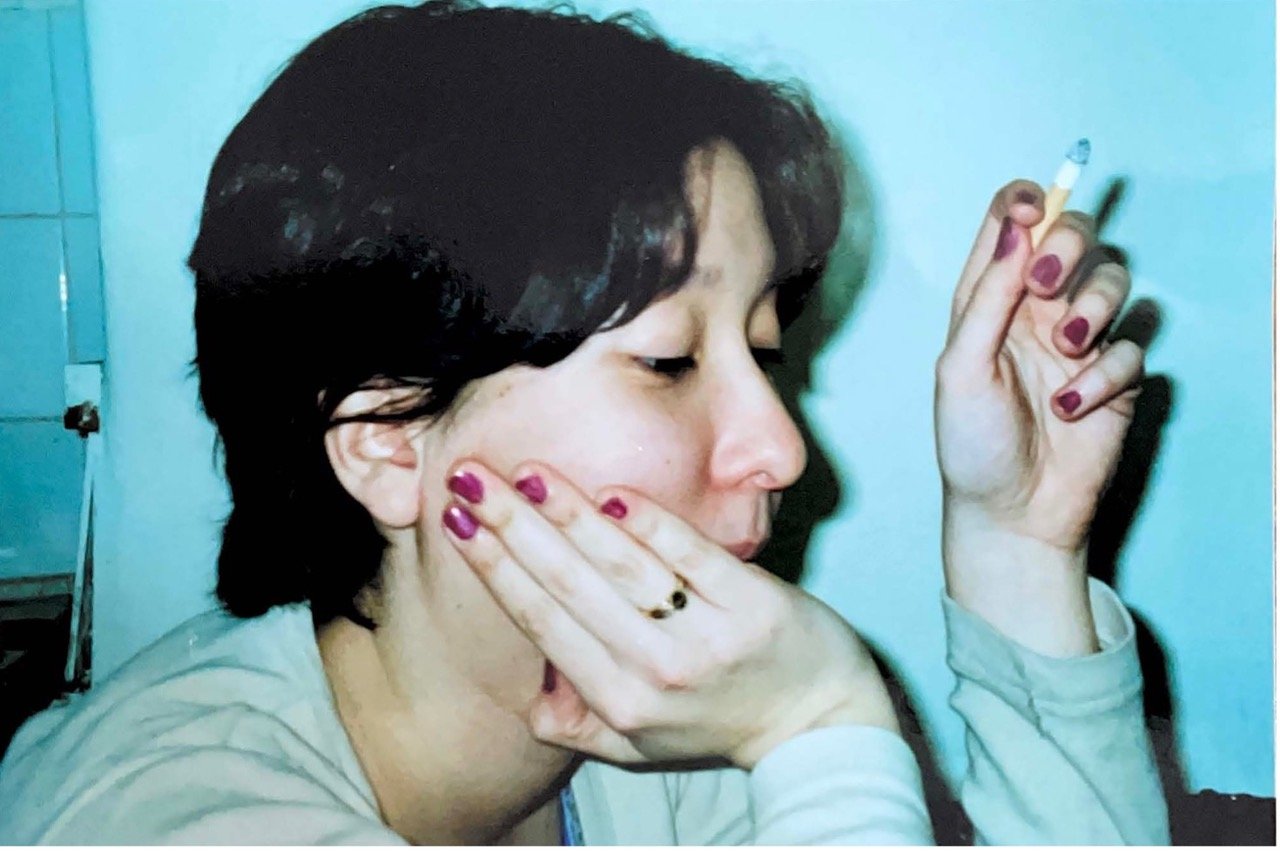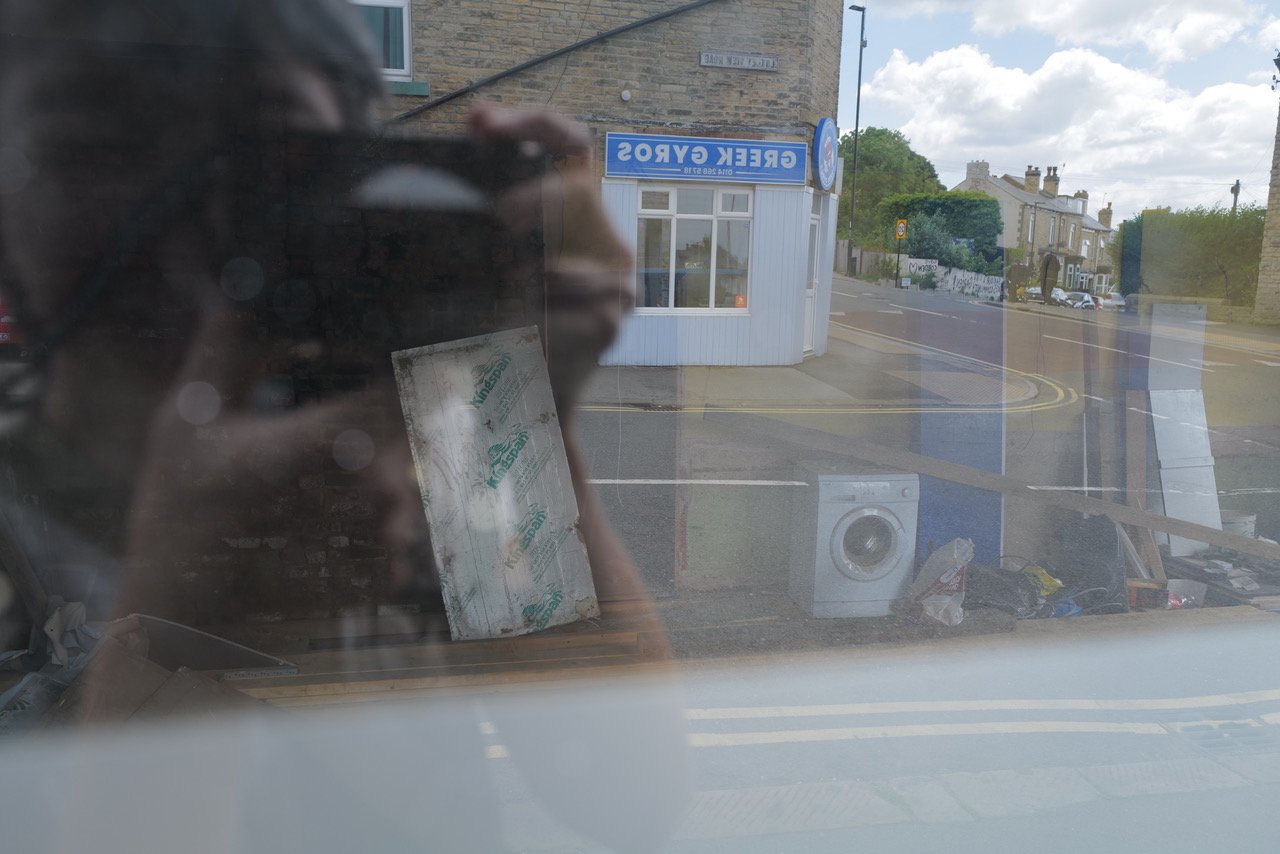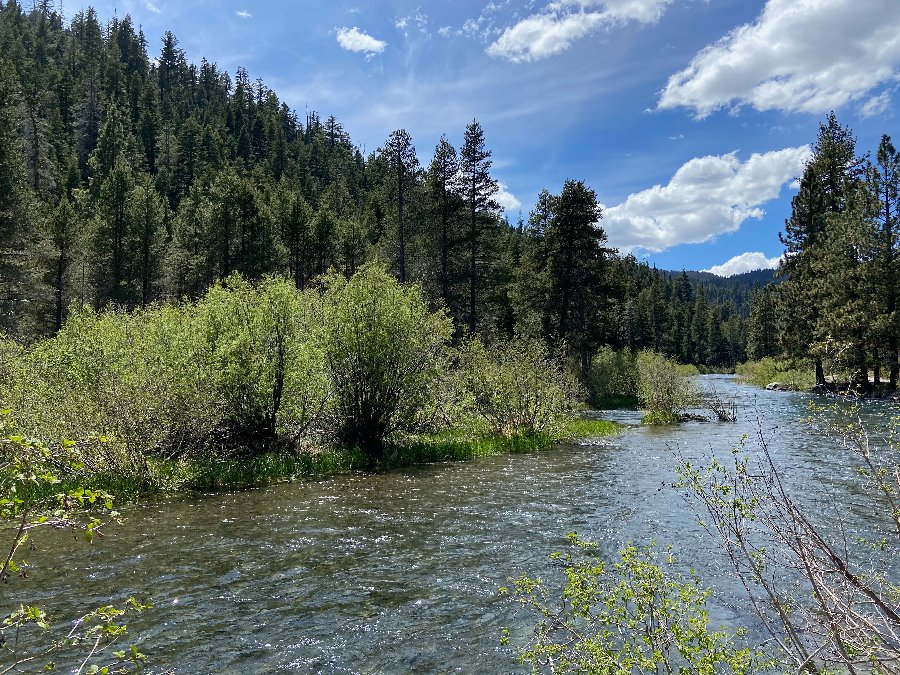Inches
/by Mellisa Pascale:
I’ve lived here long enough to know that for a forty-minute walk, I should start northeast on Henry Avenue. In July, the full green boughs of the sidewalk trees reach out to each other like hands, shading ramblers from the searing afternoon sun. I march past the brick rowhomes, past the single stone houses, past the empty university grounds, and onto Henry Avenue Bridge. All the while, cars rumble by in noisy vrooms.
After the bridge, a flat rock to the right marks the start of a narrow trail leading into Wissahickon, a 2,000-acre park in Philadelphia, Pennsylvania. Almost as soon as I enter the woodland, a sound like crackling fire draws my eyes up and to the left. A deer lopes away, her tail flashing white as she’s swallowed by thick green brush. I imagine her fleeing deeper into Wissahickon, perhaps north through the long march of trees to golden Andorra Meadow, or maybe east down the valley to the rocky banks of the rushing creek, which is where I’m headed.
As Henry Avenue recedes behind me, the hiss of cars is gradually exchanged for the swish of leaves and the gossip of birds. In another life, it was birds, not deer, that I paused to admire: a fantail’s splayed feathers winking from a silver beech branch, or a kea’s emerald wings soaring in shadowy vales, the varied avian life that had ruled New Zealand’s gnarled terrain in whirrs and cries. But that’s another story. How to summarize New Zealand here, so you’ll understand? I don’t even know what verb to use. Traveling seems inaccurate, since the highlight of my trip was the seven weeks spent not traveling at all but hiding out with books and boots in Te Anau, a lakeside town on the edge of Fiordland National Park. Backpacking has two meanings: it could indicate that I bought an expensive oversize pack to go tramping in the backcountry or that I bought an expensive oversize pack to go from one hostel to another, and each of those is somewhat true but also somewhat imprecise. And wandering isn’t the right word either, for I’m the kind of person who likes to know where she’s going. Suffice it to say that I was once in New Zealand for a longish spell and that every walk in Wissahickon calls forth fragmented memories of heavy boots, quiet mornings out the hostel door, and walking and walking under the trill of birdsong, walking and walking routes with markers.
In Wissahickon, my feet know the way down the valley to the creek.
A level dirt path, the undergrowth tickling my ankles as I pass the place where the deer once stood. Right, the trail dips and smooths out where mountain bikers usually storm through, but there’s no one today. Left, and my feet think a little harder as rocks and roots pock the descending terrain. A runner passes me, and then I almost catch up to her, my sneakers well-worn by this puzzle of a path. The lower we descend into the gorge, the louder the sound of rumbling water.
Eventually, I step onto Forbidden Drive, a wide gravel track following Wissahickon Creek. Together, track and creek bisect the long park, ribboning from the city limits in the north down to Philadelphia’s Wissahickon neighborhood on the banks of the Schuylkill River. Wissahickon is derived from a Lenape word meaning “catfish creek.” The catfish population has declined, but trout, bass, and sunfish flit through the cool, muddy waters, shaded by oak trees and American beeches. Crossing a stone bridge, I take a second dirt trail ascending the other side of the valley. Sunny tendrils stream through the trees, alighting flecks of schist embedded in the ground. All around, birds warble in the brush and branches. Wissahickon is home to buntings and thrushes, ducks and herons, woodpeckers and cardinals, over two hundred species of birds. I try not to picture myself somewhere else. This park could take my heart if I would let it.
After coming home from New Zealand, Wissahickon was where I went to prove myself. I would spend three hours on the trails, pretending I was still the person who’d spent eight hours on her first big peak, three days on her longest backcountry tramp. Or I would spend three hours in Wissahickon pretending I was no longer the person who, prior to New Zealand, had considered a twenty-minute walk to be an extravagant lunch break from the office. Dimensions had always been everything: How long did I have to work to save enough money to travel? How many months would I spend in New Zealand? How far could I go when I got there? And when I came home, how much walking was required to keep up with the habits I’d built while away? Walking had been a vessel for connection, and the more I walked, through green farmland or over a mountain spine, the stronger my bond with the land had become, the stronger I had become. Now that I’m back, exploring Wissahickon, I can’t shake the feeling that if I stop walking I’ll float away.
Further north in the park, there’s a bridge that I used to cross on my three-hour rambles—Fingerspan, a covered, steel structure dotted with holes. From inside, I loved how Wissahickon became a mosaic of greens and bronze and blue-sky pieces wrapping around my tired body. “When I think of a bridge,” said Fingerspan’s architect Jody Pinto, from a nearby information placard, “I think of a reaching, a touching, a connection.” True to this vision, the narrow bridge bent over the gap like an appendage sprouting from one side and digging its nails into the other. Whether lingering inside Fingerspan or observing it from without, I could think of nothing but the strange bridge, and where I was.
But it’s been a while since I’ve felt like doing that particular walk. My lungs are shabby, neglected, by the time this end of the trail spits me out at Rittenhouse Town, remnants of a seventeenth-century paper mill village. The woods at my back, ahead is an old stone barn and creaky picnic tables. Smaller buildings, more Rittenhouse relics, are visible through an outcrop of trees. Everything is still and quiet. Last week, I sat down to read at one of the picnic tables. Mosquitos had gnawed my bare limbs as sweat dripped down my back from the humid summer evening. I’d propped my elbows up and held a book in front of my face. Suddenly, my eyes had caught a fragment of a twig moving across the table’s grey wooden slats. It had scrunched itself up in an arc and then released its body into a flat line. Not a twig. The inchworm was just long enough to cross the gaps between boards, and he performed his strange glissade in an unbroken rhythm across the table. Anytime he hovered in his bent form, he looked like a miniature Fingerspan Bridge.
Today, taking a seat at the same picnic table and facing out, I entertain the unlikely idea that I’ll see the inchworm again. The mosquitos are absent, and a steady gust breathes cool relief into the stuffy summer afternoon. I can still picture the inchworm’s peculiar gait: scrunch, release, scrunch. Only ever going as far as the length of his body. And I wonder if every time I reach for something, I’m going the same distance that I always do, whether it’s New Zealand or Wissahickon, three hours or forty minutes, the deer’s haphazard flight or a worn route. At the picnic table, I scrunch up my legs and swing them between the bench and the tabletop. I pull out another book. I don’t see the inchworm again.
***
Mellisa Pascale’s essays and travel guides have been published by TulipTree Review, City Creatures Blog, Passion Passport, Matador Network, and other publications. She holds an M.A. in Writing from Johns Hopkins University and will soon begin studying for her M. Phil. in Medieval Language and Literature at Trinity College Dublin. She is working on a travel memoir. Find her at mellisapascale.com


